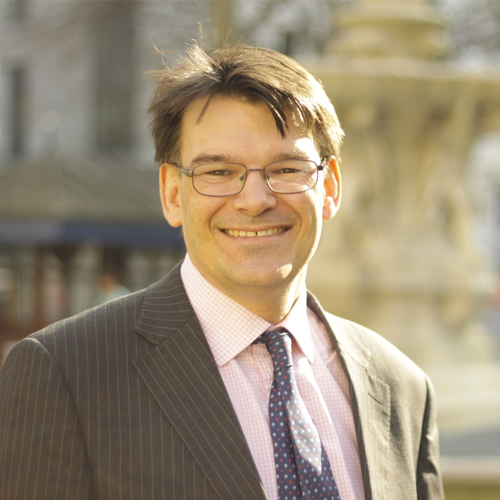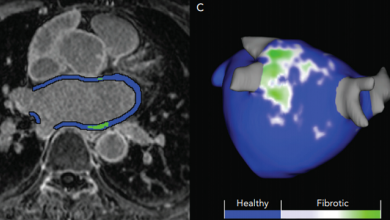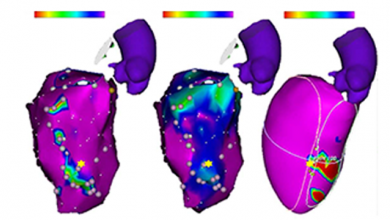Search results
Author(s):
Lluis Mont
,
Ivo Roca-Luque
,
Till F Althoff
Added:
2 years ago
Author(s):
Tom Nelson
,
Pankaj Garg
,
Richard H Clayton
,
et al
Added:
3 years ago
Ventricular tachycardia (VT) and VF occur mainly in people with impaired cardiac function and/or ischaemic heart disease, and account for the majority of sudden cardiac deaths worldwide.1 Treatment with anti-arrhythmic drugs such as amiodarone may be at best neutral in terms of mortality and carries significant long-term risks.2,3 While ICDs significantly improve survival for patients with…
View more
Author(s):
Angelo Auricchio
Added:
3 years ago
Despite the fact that more than 20 years have passed since the clinical introduction of cardiac resynchronisation therapy (CRT), one of the key questions – do we need an ICD for primary prevention of sudden cardiac death (SCD) in CRT patients? – is still unanswered.
Prospective Randomised Controlled Trials
Multiple prospective randomised controlled trials have been conducted to establish the…
View more
James C Moon
Job title: Clinical Director of Imaging
Author
CMR and AF Management
Author(s):
Yan Zhao
,
Lilas Dagher
,
Chao Huang
,
et al
Added:
3 years ago
Article
Atrial Fibrosis
Author(s):
Stylianos Tzeis
,
Dimitrios Asvestas
,
Panos Vardas
Added:
3 years ago
Article
Author(s):
Demosthenes G Katritsis
Added:
3 years ago
Cardiology has traditionally been a high-tech subspecialty, and in no field is this more true than interventional cardiac electrophysiology. Following the advent of computer-assisted recording systems and electroanatomic mapping, impressive technological innovations are emerging. Fusion of intracardiac ultrasound, or cardiac CT, and cardiovascular magnetic resonance (CMR)-derived imaging to…
View more
The Role of Cardiac MRI in the Diagnosis and Risk Stratification of Hypertrophic Cardiomyopathy
Author(s):
Ethan J Rowin
,
Martin S Maron
Added:
3 years ago
Article
Author(s):
Ling Kuo
,
Jackson J Liang
,
Saman Nazarian
,
et al
Added:
3 years ago
Catheter ablation has been increasingly used as a treatment for refractory ventricular tachycardia (VT) in patients with non-ischaemic cardiomyopathy (NICM). However, ablation outcomes tend to be quite variable because of the heterogeneity of the aetiology for the NICM and associated VT substrate in these patients.1–3 Patients with NICM can be sub-classified based on specific genotypic and…
View more
Author(s):
Brenton S Bauer
,
Anthony C Li
,
Jason S Bradfield
Added:
3 years ago
Ventricular arrhythmias (VA) are commonly associated with structural heart disease and have substantial impact on patient outcomes and health system costs. Within the realm of cardiomyopathy (CM), there has been substantial progress with respect to ischaemic CM (ICM) in the understanding of infarct related scar biology and scar-mediated ventricular tachycardia (VT).
This has led to interventions…
View more













